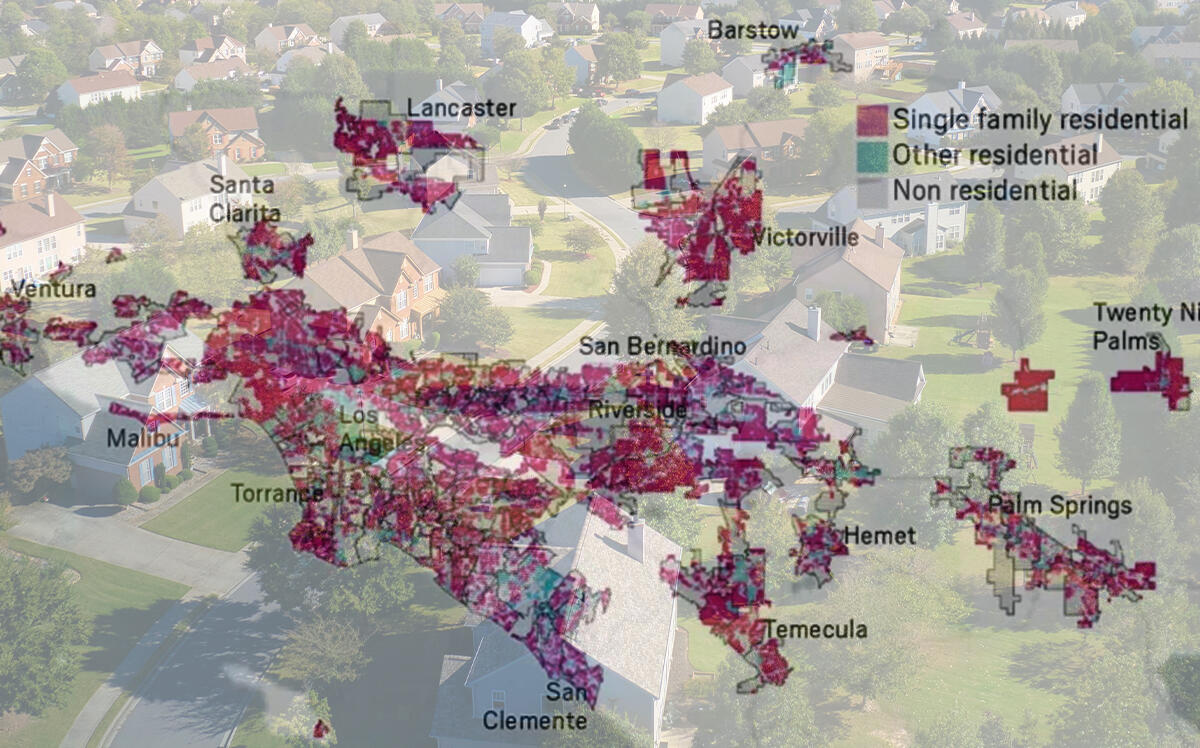 San Jose considers end to single-family zoning in historic neighborhoods
San Jose considers end to single-family zoning in historic neighborhoods
Trending
UC study sees harm in high rates of single family zoning
Berkeley report says policy holds poor, minority families back from “high opportunity” areas

Nearly four out of five neighborhoods in Southern California are zoned for single family homes, according to a new study.
The UC Berkeley study found that 78 percent of the residential land is zoned exclusively for detached houses, contributing to racial segregation and limiting minority access to better schools and resources, the Orange County Register reported.
The report said areas zoned for houses tended to be “Whiter and wealthier” than mixed-housing neighborhoods, and that educational and income attainment of children raised in those neighborhoods are higher than for children from mixed-zoning areas.
It was authored by the Othering & Belonging Institute at UC Berkeley as a sequel to a 2020 study that found that 85 percent of residential land in the San Francisco Bay Area is zoned exclusively for single-family housing.
The new report compiled land-use maps for 191 cities in Los Angeles, Orange, Riverside, San Bernardino, Ventura and Imperial counties.
In Los Angeles County, 76 percent of neighborhoods have single-family zoning, compared with 66 percent in Orange County, 79 percent in Riverside County and 84 percent in San Bernardino County.
Six cities are zoned exclusively for single-family houses: Villa Park, Bradbury, La Habra Heights, Rolling Hills, Hidden Hills and Irwindale.
“An inordinately large amount of residential land — in fact, of all land in this region — is restricted to large-lot, detached single-family homes,” co-author Stephen Menendian said. “What this means is that apartments, condos and other housing options are simply impossible to build … and the consequences are profound.”
In communities where 80 percent more of housing is restricted to single family homes, there is a sharp rise in White populations, and a sharp drop in Latino residents. The Asian population increases in single-family neighborhoods, while Black populations decline.
In general, zoning is used to regulate development to ensure compatible land use, as spelled out in a city’s master plan. But scholars say that exclusionary single-family zoning had sinister origins in the early 20th century, fostering racial segregation without mentioning race.
State lawmakers have approved single-family zoning reform primarily to address the housing shortage.
A state housing plan said California needs 2.5 million additional homes by the end of the decade to address its shortfall, at least 1 million of which must be affordable to low-income households.
California now allows duplexes in single-family neighborhoods. Under California’s Senate Bill 9, owners can split their lots in two and even build up to four homes on the property. Under Senate Bill 10, developers can build up to 10-units on a single-family lot in transit-rich or urban infill areas if the local jurisdiction approves it.
The UC Berkeley institute identified at least 13 Southern California cities “most in need of zoning reform” because they allow little or no multifamily housing and have failed to meet state-mandated goals for building low-income housing. Among them are Bradbury, Rolling Hills, Rolling Hills Estates, La Habra Heights, Villa Park, La Cañada Flintridge, Chino Hills and Moorpark.
Menendian said reforms could include adding multifamily and mixed-use zoning in single-family neighborhoods, loosening restrictions like setbacks and acreage minimums, and limiting the ability of neighbors to block denser housing.
At least one city official questioned the conclusions of the study, saying zoning and demographic makeup “are totally separate issues.”
“A lot of people want single-family houses,” said Brian Bergman, a longtime councilman in La Habra Heights. “I don’t think it’s a fair analysis.”
[Orange County Register] – Dana Bartholomew
Read more
 San Jose considers end to single-family zoning in historic neighborhoods
San Jose considers end to single-family zoning in historic neighborhoods




